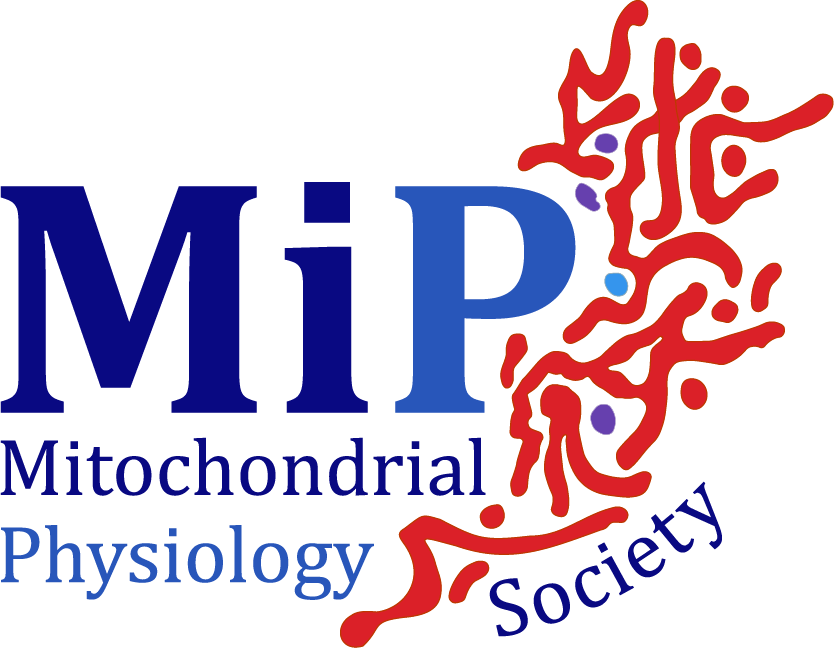Mitochondrial physiology 2nd edition
DOI:
https://doi.org/10.26124/becprep.2025-0006.ed2Keywords:
Cell count, Coupling-control ratio, Electron transfer pathway, Flow, Flux, Flux control ratio, IUPAC , Leak respiration, Mitochondrial marker, Mitochondrial preparations, Respiratory states, Normalization of rate, Oxidative phosphorylation, Oxygen, Phosphorylation efficiency, Protonmotive force, Residual oxygen consumption, SI - The International System of Units, UncouplingAbstract
As the knowledge base and importance of mitochondrial physiology to evolution, health and disease expands, the necessity for harmonizing the terminology concerning mitochondrial respiratory states and rates has become increasingly apparent. The chemiosmotic theory establishes the mechanism of energy transformation and coupling in oxidative phosphorylation. The unifying concept of the protonmotive force provides the framework for developing a consistent theoretical foundation of mitochondrial physiology and bioenergetics. We follow the latest SI guidelines and those of the International Union of Pure and Applied Chemistry (IUPAC) on terminology in physical chemistry, extended by considerations of open systems and thermodynamics of irreversible processes. The concept-driven constructive terminology incorporates the meaning of each quantity and aligns concepts and symbols with the nomenclature of classical bioenergetics. We endeavour to provide a balanced view of mitochondrial respiratory control and a critical discussion on reporting data of mitochondrial respiration in terms of metabolic flows and fluxes. Uniform standards for evaluation of respiratory states and rates will ultimately contribute to reproducibility between laboratories and thus support the development of data repositories of mitochondrial respiratory function in species, tissues, and cells. Clarity of concept and consistency of nomenclature facilitate effective transdisciplinary communication, education, and ultimately further discovery.
Cite:
Gnaiger E, Cardoso LHD, eds. ― MitoEAGLE Task Group (2025) Mitochondrial physiology 2nd edition. BEC preprints 2025.6. https://doi.org/10.26124/becprep.2025-0006.ed2
Downloads
Published
Issue
Section
License
Copyright (c) 2025 Erich Gnaiger, Luiza HD Cardoso, MitoEAGLE Task Group (Author)

This work is licensed under a Creative Commons Attribution-NonCommercial-NoDerivatives 4.0 International License.



